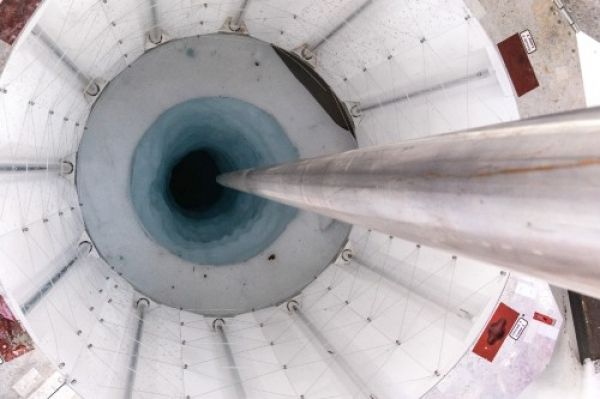The study, led by the University of Bristol and published today in Nature’s Communications Earth & Environment journal, sheds new light on the many compounds supporting various microbes which form part of a huge subglacial ecosystem.
The study, led by the University of Bristol and published today in Nature’s Communications Earth & Environment journal, sheds new light on the many compounds supporting various microbes which form part of a huge subglacial ecosystem.
Lead author Dr Beatriz Gill Olivas, a Post-Doctoral Research Associate at the University of Bristol, said: “Although the study focused on samples obtained from a single subglacial lake, the results could have much wider implications. Subglacial Lake Whillans is part of a large interconnected hydrological system, so erosion taking place upstream could represent a potential source of biologically important compounds to this and other lakes within the system that might harbour thriving communities of microbial life.”
The international research team replicated erosion processes in ice sheets by crushing sediments extracted from Lake Whillans, a subglacial lake in Antarctica, spanning around 60 km2, some 800m below the ice surface, then wetting these sediments and keeping them at 0 °C without oxygen, to approximate subglacial conditions.
Read more at: University of Bristol
Taken from a different project, SALSA, which involved drilling another subglacial lake, Lake Mercer, the photo shows the UV collar, borehole and hot water drill. (Photo Credit: Billy Collins)




